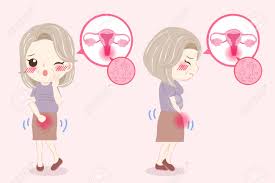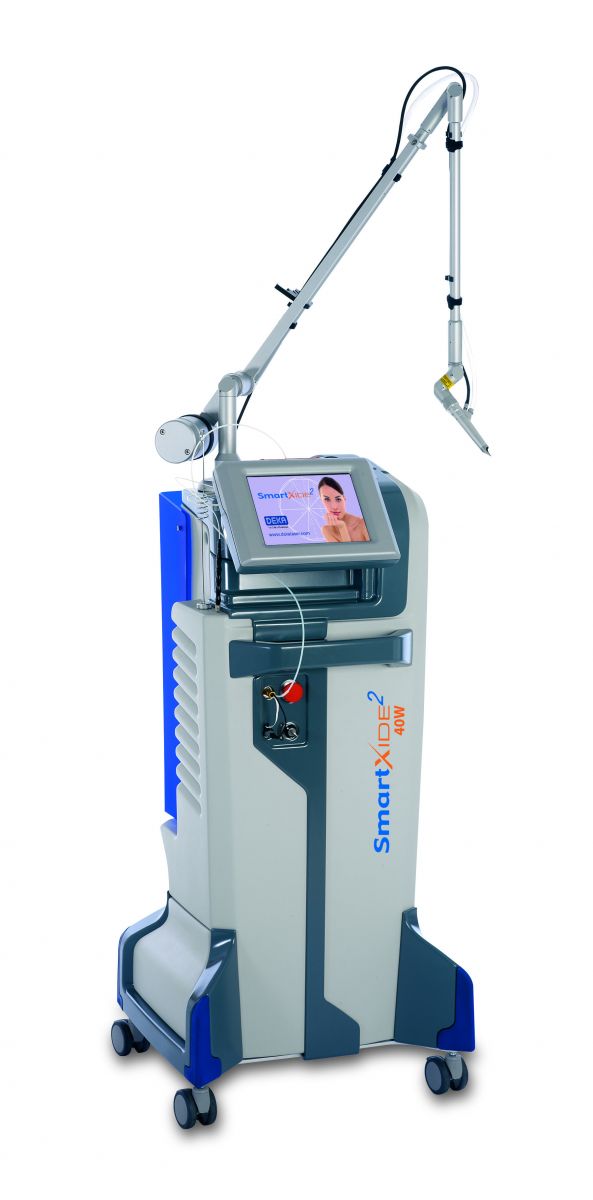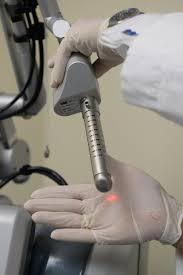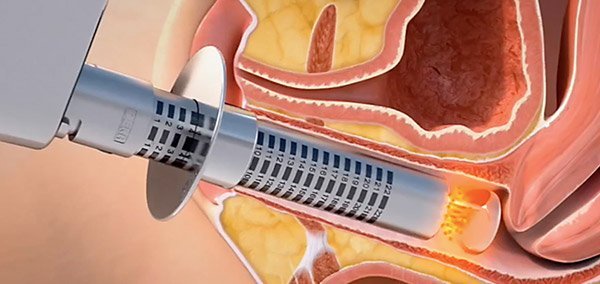Source: Thailand Medical News Oct 26, 2019 6 years, 1 month, 3 weeks, 3 days, 15 hours, 41 minutes ago
A new study suggests that
laser therapy is as effective and safe as vaginal estrogen in improving sexual and urinary functionality for women complaining of
vaginal dryness, itching, and burning, among other commonly reported
menopause symptoms.

Almost 55% of
menopausal women suffer a variety of discomform and sometimes excruciating pain as a result of some of these symptoms.
Results of the study are published in
Menopause, the journal of The North American
Menopause Society (NAMS).
Due to declining estrogen levels during
menopause,
women may experience a variety of genital and urinary problems such as
vaginal dryness, reduced elasticity, vaginal burning, discharge, and itching, collectively known as the genitourinary syndrome of menopause (GSM). Such symptoms are the result of the vagina decreasing in caliber and the constriction of the vaginal opening.
Typically the first line of defense in addressing these symptoms, assuming they are mild, is often prescribing vaginal lubricants or moisturizers. Women with more severe symptoms may be prescribed
vaginal estrogen, which has proven highly effective and safe. A drawback of
vaginal estrogen therapy, however, is that women don't always follow through with it. Studies have shown that compliance rates vary from only 50% to 74%. In addition, there is a lack of long-term efficacy data, especially in high-risk women, such as those with breast or uterine cancer.

Mona Lisa Laser
Recently, fractional CO2
laser therapy has been suggested as a viable treatment option. Lasers have already been effectively used on other parts of the body to remodel tissue and produce new collagen and elastic fibers. Their use for treatment of vaginal symptoms related to
menopause is still somewhat new, with most studies reporting results just 12 weeks after the procedure. This latest study is the first to compare the safety and effectiveness of laser therapy with
vaginal estrogen after 6 months of follow-up.
At 180 days, researchers found that laser therapy and
vaginal estrogen resul
ted in similar improvements in GSM symptoms, as well as urinary and sexual function. They reported that 70% to 80% of study participants were satisfied or very satisfied with ether treatment option, with no serious adverse effects.
Findings were published in the article "A randomized clinical trial comparing vaginal laser therapy to
vaginal estrogen therapy in women with genitourinary syndrome of menopause: The VeLVET Trial."
Reference: A Randomized Clinical Trial Comparing Vaginal Laser Therapy to Vaginal Estrogen Therapy in Women With Genitourinary Syndrome of Menopause Comparison of Vaginal Laser Therapy to Vaginal Estrogen Therapy, Marie F Paraiso, M.D., https://ichgcp.net/clinical-trials-registry/NCT02691936
The Mona Lisa Touch Laser Treatment For Vaginal Dryness.
Drop in estrogen levels often associated with
menopause and other conditions can cause uncomfortable and sometimes painful dryness and thinning of the vaginal walls. When estrogen creams and other topical therapies aren’t effective, the
Mona Lisa Touch® laser is a noninvasive treatment option that can offer relief for vaginal dryness and other symptoms related to
menopause.

Dr Susann Clifford, an obstetrician/gynecologist who offers this treatment at Duke Women’s Health Associates at Durham, North Carolina commented in an interview with
Thailand Medical News, “This nonhormonal, noninvasive intervention goes a long way to restore vaginal tissue to premenopausal levels. We're stimulating the body to heal itself."
The new nonsurgical treatment is ideal for
perimenopausal and
post-menopausal women, as well as for women with breast cancer who experience vaginal dryness following chemotherapy or hormone therapy, which can affect estrogen production.

Leading gynecologists may recommend the Mona Lisa Touch, which is a fractional CO2
laser, when other treatment options haven't helped. Common
menopause therapies may start with over-the-counter lubricants and also include estrogen therapy.
Vaginal dryness laser treatment is ideal for women who are unable to receive or unsuccessful in receiving hormonal treatment.
Typically a series of three to four
laser sessions is required. The sessions, which are scheduled about six weeks apart, use an FDA-approved technology and take about five minutes to complete.
Women are positioned as they would be for a pelvic exam and may need some topical numbing cream. During the procedure, the physician uses the laser inside and outside the vagina, to make tiny scratches on the vaginal wall. This stimulates the growth of new blood vessels and improves the production of elastin and collagen to restore vaginal walls.
Some women feel general soreness or discomfort after the procedure but are able to move on their own immediately after treatment. Women can resume normal activities within two days, although they should avoid sexual activity for five-to-seven days.
While the
Mona Lisa Touch laser is an effective way to offer relief from
vaginal dryness and other symptoms related to low estrogen levels, it is not a cosmetic procedure, nor is it meant to act as “vaginal rejuvenation.”
“This procedure is not meant to tighten the vagina or give it a more ‘youthful appearance,’” Dr Clifford said. “But by restoring vaginal health, and reducing pain and discomfort of
vaginal dryness, a natural by-product can be improved intimacy and relations.”



